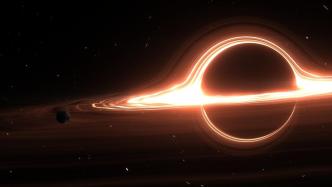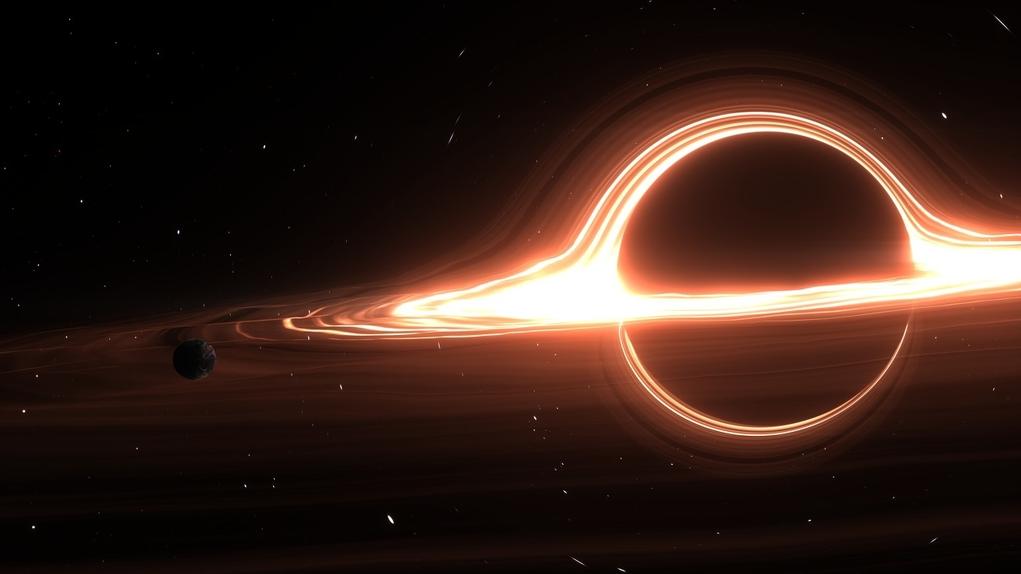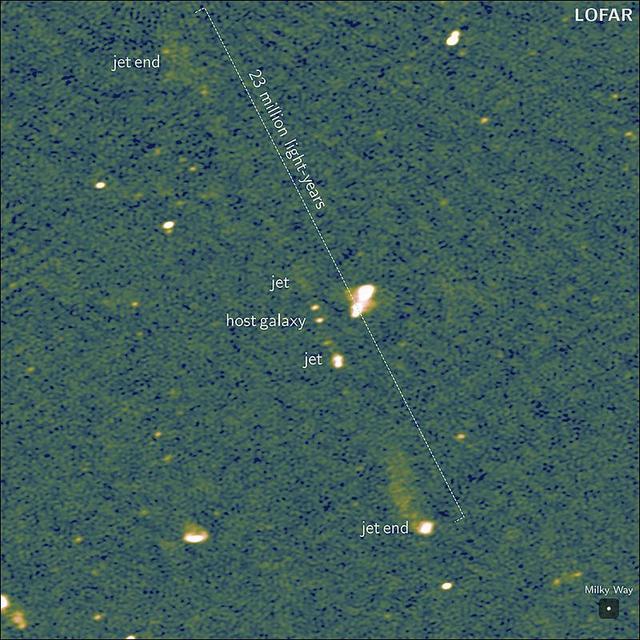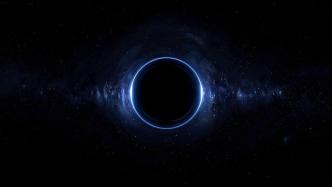

The most distant black holes ever discovered using X-rays are critical to understanding how some supermassive black holes reach their massive masses soon after the Big Bang.
Combining data from the Chandra X-ray Observatory and the James Webb Space Telescope, American scientists have discovered signs of a black hole that was born only 470 million years after the Big Bang. This is the most distant black hole discovered using X-rays. The black hole is in an unprecedented early stage of growth and has a mass similar to that of its host galaxy. The result could explain how some of the earliest supermassive black holes in the universe formed. The relevant paper has been published on the paper preprint website and is planned to be published in the magazine "Nature Astronomy".
Akos Bogdan's team at the Harvard-Smithsonian Center for Astrophysics discovered the black hole in a galaxy called UHZ1, which is located in the direction of the Abell 2744 galaxy cluster 3.5 billion light-years from Earth. But data from the Webb Space Telescope shows that the galaxy is much farther away than the cluster - 13.2 billion light-years away, when the universe was only 3% of its current age.
After more than two weeks of observations using the Chandra probe, researchers discovered the presence of intense, superheated, X-ray-emitting gas in the galaxy, a sign of a growing supermassive black hole. In addition, light from the galaxy and X-rays from the gas surrounding the supermassive black hole are amplified by about 4 times by the material in the Abell 2744 galaxy cluster (gravitational lensing effect), enhancing the infrared signal detected by the Webb Space Telescope and making money The Della detector is capable of detecting faint sources of X-rays. Based on the brightness and energy of X-rays, the research team estimated that the mass of the black hole is between 10 million and 100 million times the mass of the sun.
The discovery is crucial to understanding how some supermassive black holes reach their massive masses soon after the Big Bang.
There are currently two views in the scientific community: these black holes are formed directly from the collapse of huge gas clouds; or they come from the explosion of the first stars, which creates black holes weighing between 10 and 100 times the mass of the sun.
Priyamvada Natarajan of Yale University, a co-author of the paper, pointed out that the black hole's large mass when it was young, combined with the amount of X-rays it produced and the brightness of the galaxy detected by the Webb Space Telescope, are all related to its size. The theoretical prediction proposed in 2017 that a "super-large black hole" is directly formed by the collapse of a huge gas cloud is consistent with the prediction. They believe that this is the first detection of a "supermassive black hole" formed by a huge gas cloud, and it is also the best evidence to prove this theory. (Original title "The most distant black hole so far discovered was born only 470 million years after the Big Bang")


